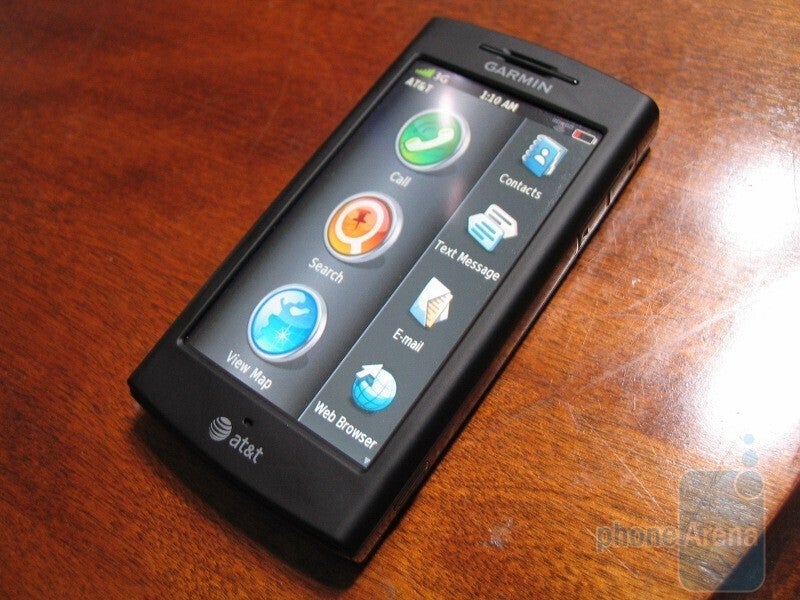What you might not know is that back in 2009 the company tried its hand at making a name for itself in the smartphone business. Garmin teamed up with Taiwan’s Asus to unveil the nuvifone G60 in February 2009 and it was released in the U.S. in October 2009 on AT&T. The device was powered by a proprietary version of Linux.
The nuvifone G60 was more of a GPS device than a phone
The 3.5-inch display carried a resolution of 272 x 480, but the device used resistive touch instead of the capacitive touch found on the iPhone which was the “it” phone that everyone used as the gold standard in those days (some will say that things remain the same in present time). Those of you who used a device with a resistive touch display might recall how difficult it was to navigate the screen and some resistive touchscreens worked better with a stylus.
A single 3MP camera was on the back and an 1100mAh battery kept the lights on. Despite the presence of Asus in the mix, the nuvifone was more GPS device than phone and even after paying $299.99 with a signed two-year contract from AT&T for the handset, those who wanted their nuvifone G60 to show them gas prices, weather updates, traffic updates, and movie times had to pay an additional $5.99 per month for the privilege.
The nuvifone M20 was available with 4GB or 8GB of storage and had the 528 MHz Qualcomm MSM7200A processor under the hood along with the Adreno 130 GPU. The battery was a bit light at 920mAh.
As for the G60 and M20 nuvifone models, they got lost among the competition. But Garmin didn’t stop with those two releases. In February of 2010, the M10 was released in Asia and Europe powered by Windows Mobile 6.5.3. with the Snapdragon S1 under the hood. This model featured a 3.5-inch display with a resolution of 480 x 800, an improved 5MP rear camera, and a larger 1500mAh battery.
Garmin-Asus’ first Android phone was the Garminfone A50
In June 2010 in Australia and Europe, the first Garmin-Asus Android-powered smartphone was released by called the Garminfone A50. The handset became the second model developed by the two firms to be found in the states; this time the device was offered through T-Mobile during June of 2010. Of course, the phone came with turn-by-turn navigation, but it also featured an app called Garmin Voice Studio that allowed users to record directions in their own voice (a feature that Waze would later offer).
The price of the phone was $199.99 with a two-year pact. Keep in mind that back then, T-Mobile was not the cellular powerhouse that it is today. The carrier was last among the four major U.S. carriers and the installation of John Legere as CEO was still two years away.
Garmin has done a much better job with its smartwatches although it also is a market that is very crowded. The company expects to report sales of $4.95 billion for 2021.


